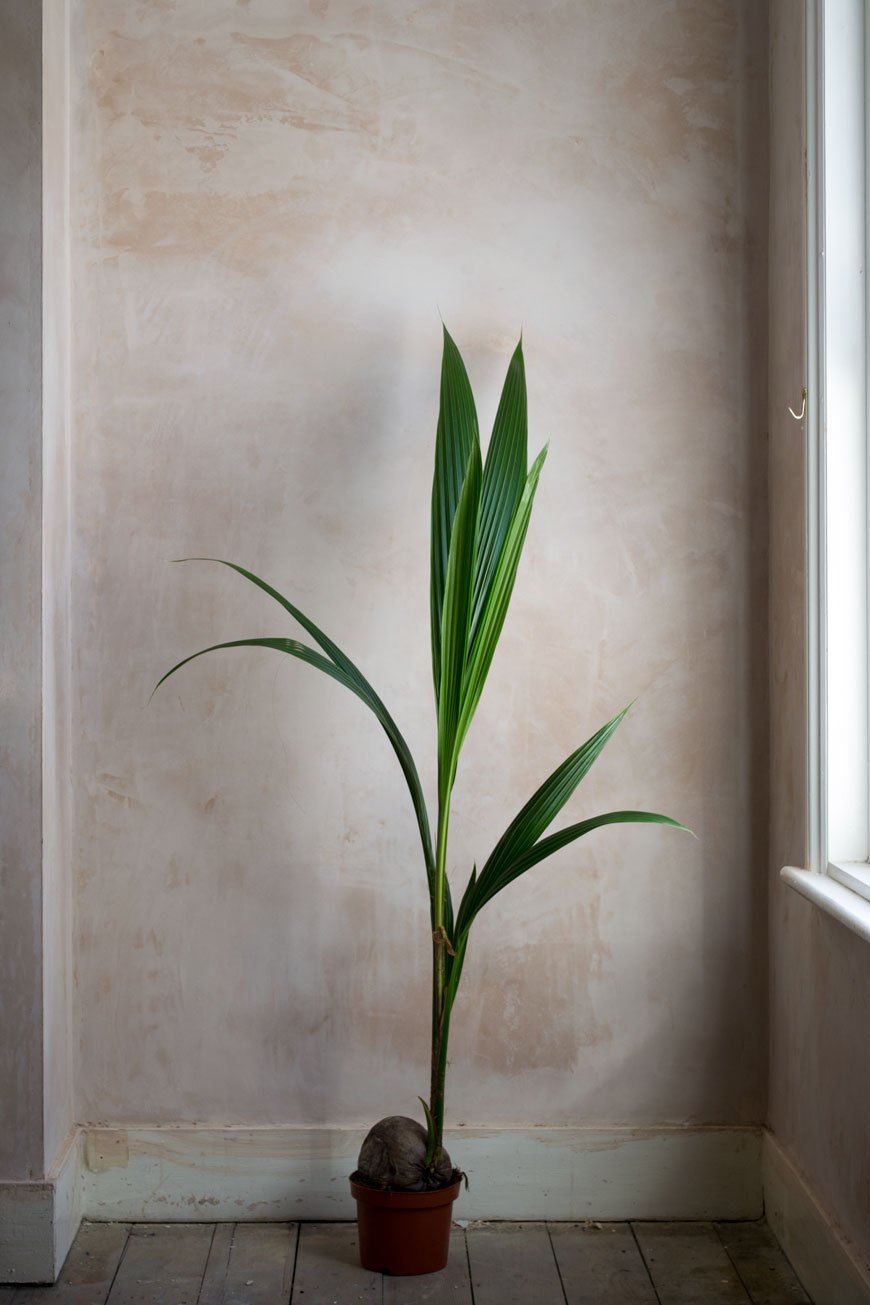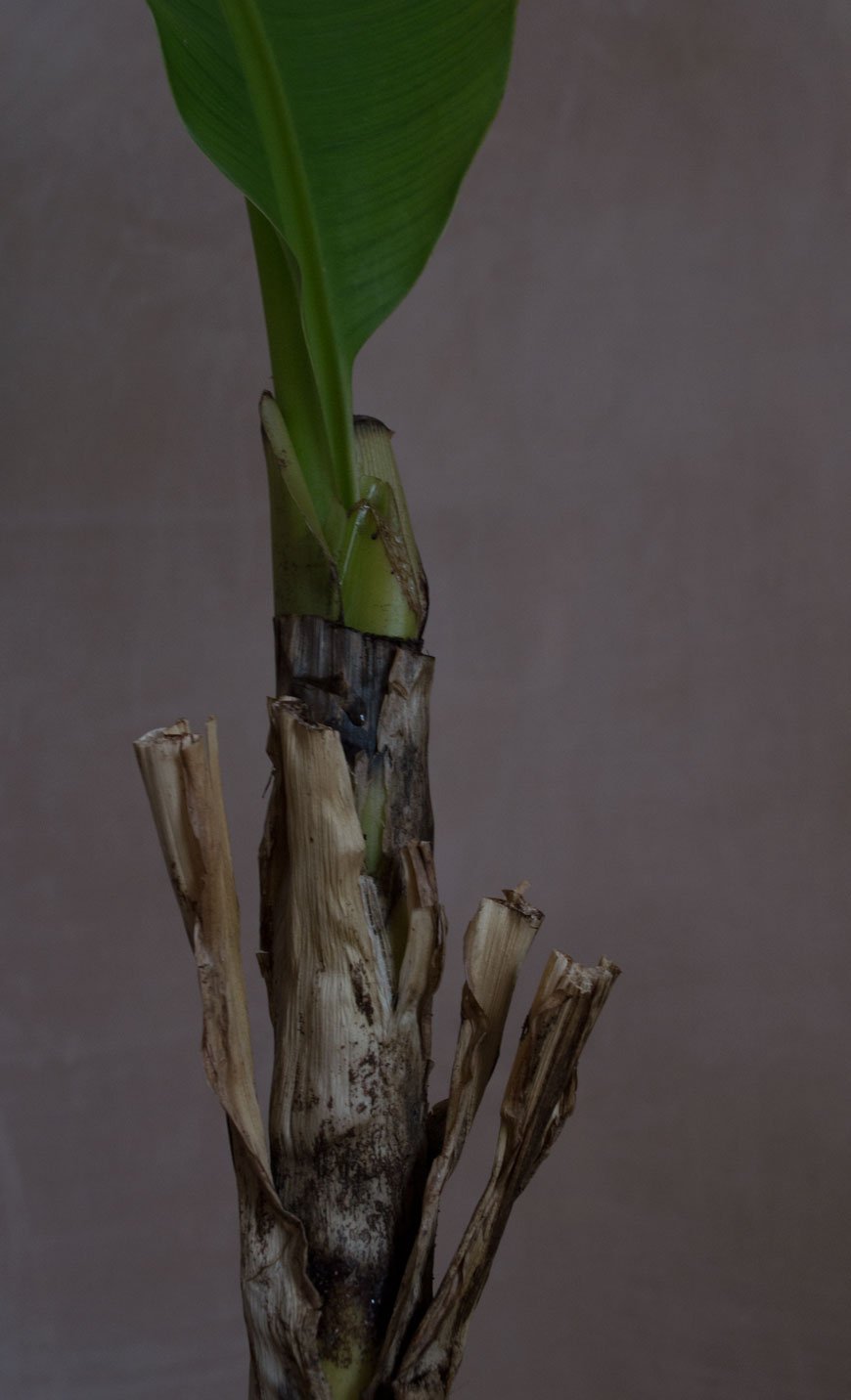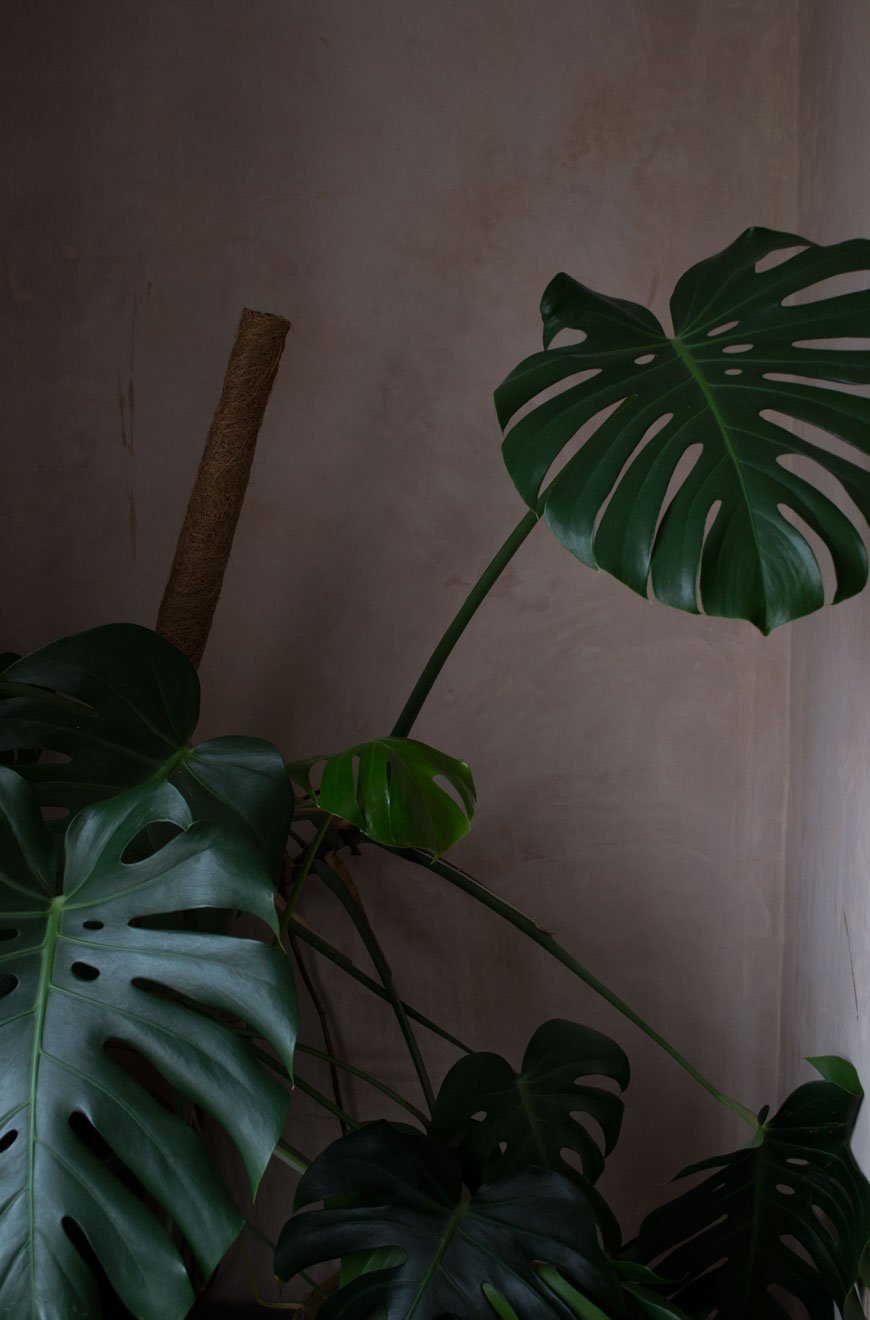Slow Rituals | A Mindful Approach To Houseplant Care
 Plants have become an important part of my life these past few years. I wasn't instantly great with them, being used to gardening outside, houseplants were a whole different ballgame. There were a few casualties, and I learnt very quickly what my strengths were (let's say ferns aren't my strong point!) We now have around 50 established plants of various sizes and varieties and they're as much a part of our family as our kids. Well...almost.They anchor me, they are a reminder to look away from the stresses and trials from time to time and check in with them. They give me another focus for my thoughts - is it happy in that corner? does it need misting? Is it time for a bigger pot? Setting aside an hour a week of my time to give our plants attention is my way of slowing down, no matter what life is doing on either side of that pocket of time. And we know that slowing down doesn't just happen, it takes some planning as I detailed in this post, but with a few minutes care here and there during the week, you should start to feel a difference in yourself and see it through your plants.My mindful approach to houseplant care will not only put you on a path to finding time for a regular, slow ritual but should up your plant game in no time.
Plants have become an important part of my life these past few years. I wasn't instantly great with them, being used to gardening outside, houseplants were a whole different ballgame. There were a few casualties, and I learnt very quickly what my strengths were (let's say ferns aren't my strong point!) We now have around 50 established plants of various sizes and varieties and they're as much a part of our family as our kids. Well...almost.They anchor me, they are a reminder to look away from the stresses and trials from time to time and check in with them. They give me another focus for my thoughts - is it happy in that corner? does it need misting? Is it time for a bigger pot? Setting aside an hour a week of my time to give our plants attention is my way of slowing down, no matter what life is doing on either side of that pocket of time. And we know that slowing down doesn't just happen, it takes some planning as I detailed in this post, but with a few minutes care here and there during the week, you should start to feel a difference in yourself and see it through your plants.My mindful approach to houseplant care will not only put you on a path to finding time for a regular, slow ritual but should up your plant game in no time.
Checking In
Unless you're a seasoned hothouse orchid expert, most houseplants don't come with a huge list of demands. They're great at communicating and will throw out a few warnings when they're starting to feel unhappy. The best time to do this is the morning - maybe potter about the house with your cuppa. Take a moment to look at the leaves - are they vibrant, plump (if they're a cactus or succulent)? Or are they drying up, maybe changing colour? If it's the latter, it's either a case of over or under watering or the wrong amount of light. Depending on the plant, you'll want to check that it's in the right environment and getting the right amount of water, if not, make those changes.
Pruning
Not something you need to do often, but in the case of a rogue triffid, you might want to prune it back to avoid a take-over. I've just done this with a five-year-old cheese plant and it's perfectly happy, but I'd advise a little research first as not all plants like being trimmed. Be sure to remove any dead leaves to allow for new growth and use a sharp, gardener's knife or scissors for a clean cut. Cutting with anything blunt will encourage disease.
Propagating.
One of the best things about plants is that they give plenty back - literally. Some succulents and cacti produce offspring, attached to the 'parent' which can also be gently removed and propagated. I use a basic compost, mixed with a little sand for succulents and leave them to root, watering very occasionally. Some need to be laid directly onto the soil of the parent plant and left to dry out and grow roots which, once established, can be potted separately.Did you know that you can root some plant stems in just water? I've had some levels of success with a Monstera Deliciosa (cheese plant) and ZZ plant (Zamioculas Zamiflora) by cutting a mature stem at the base and leaving it in water, refreshing it regularly. After several weeks, you should see a root system start to form.
Feeding and Watering
During the winter, houseplants will slow down and go into a semi-hibernation. Don't give them any liquid feed at this time or water them too often. When spring comes around, they'll become active again and start growing which is when you can resume regular waterings with feed. I save our coffee grounds and dilute them as an occasional caffeinated feed for a pick-me-up too. Bear in mind, however, that some plants don't enjoy acidity which the coffee water creates, so keep an eye on the leaves in case they start to yellow.
Potting On
If it looks like your plant is running out of space to grow, it's likely it'll need potting on to a larger vessel. An easy way to tell is if the roots start pushing through the bottom of the pot or look coiled (pot-bound) when you lift it out. Don't attempt to do this until spring when the root system will be active and ready to spread into the new space. Don't be afraid to try living with plants - I meet so many people who say they wish they could be better at keeping them alive. There's really no magic to it, just a small amount of commitment and attention. Adopting a slow ritual in caring for your plants and the benefits they bring in return are so worth it.I'd love to hear about your experiences with houseplants. Have they helped you to switch off and slow down? Or maybe you're looking for a good starter plant and would like some tips?Photography © Tiffany Grant-Riley
Don't be afraid to try living with plants - I meet so many people who say they wish they could be better at keeping them alive. There's really no magic to it, just a small amount of commitment and attention. Adopting a slow ritual in caring for your plants and the benefits they bring in return are so worth it.I'd love to hear about your experiences with houseplants. Have they helped you to switch off and slow down? Or maybe you're looking for a good starter plant and would like some tips?Photography © Tiffany Grant-Riley